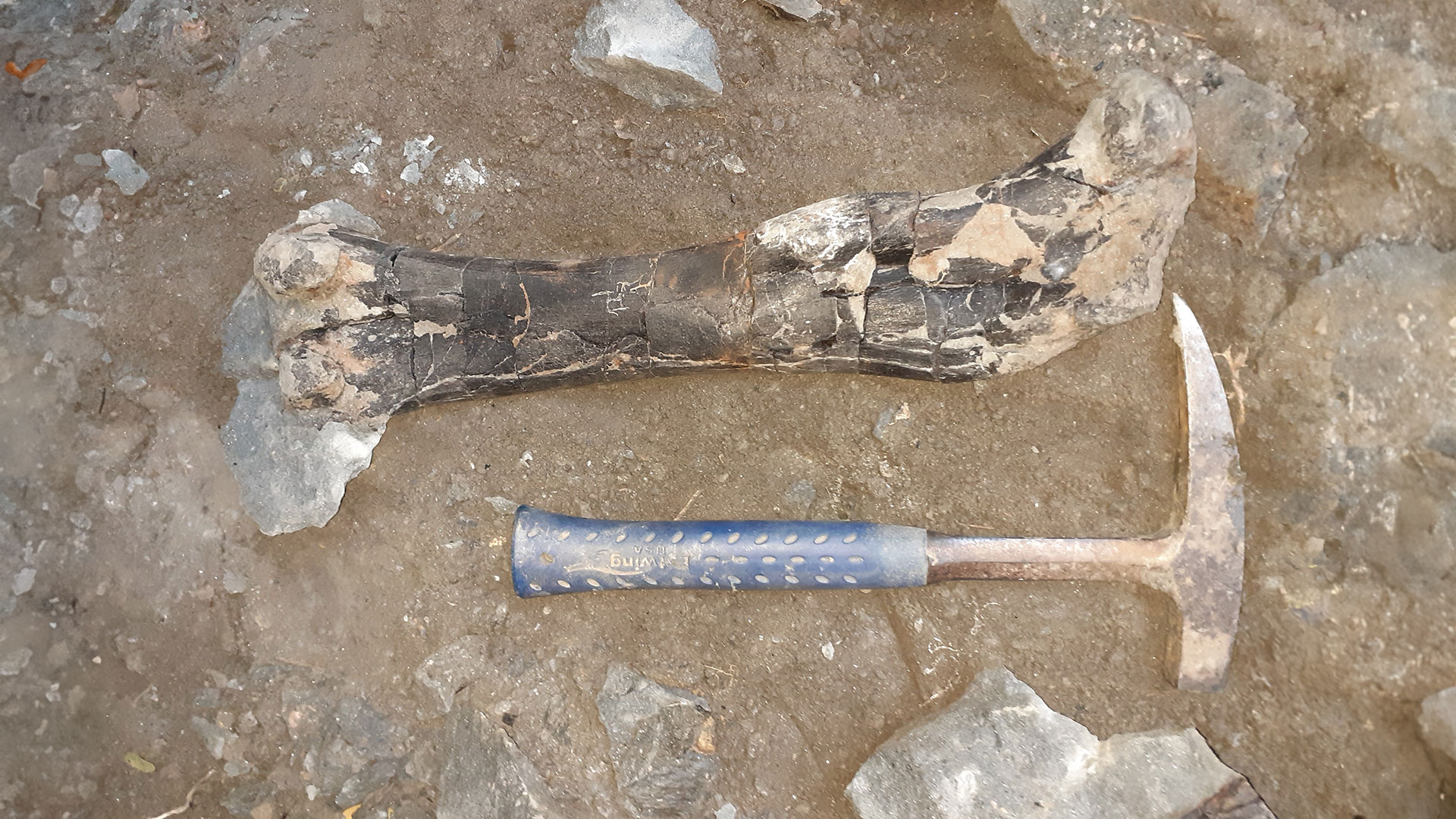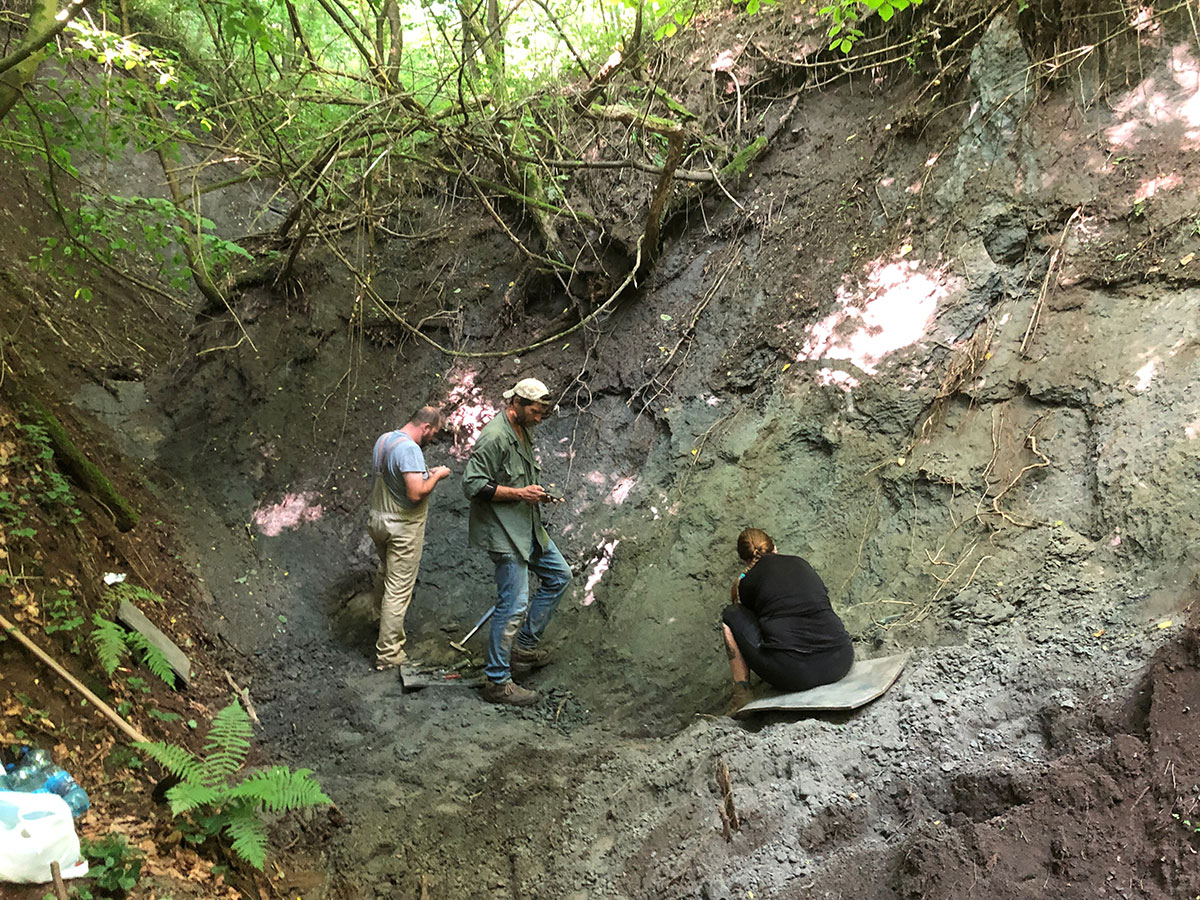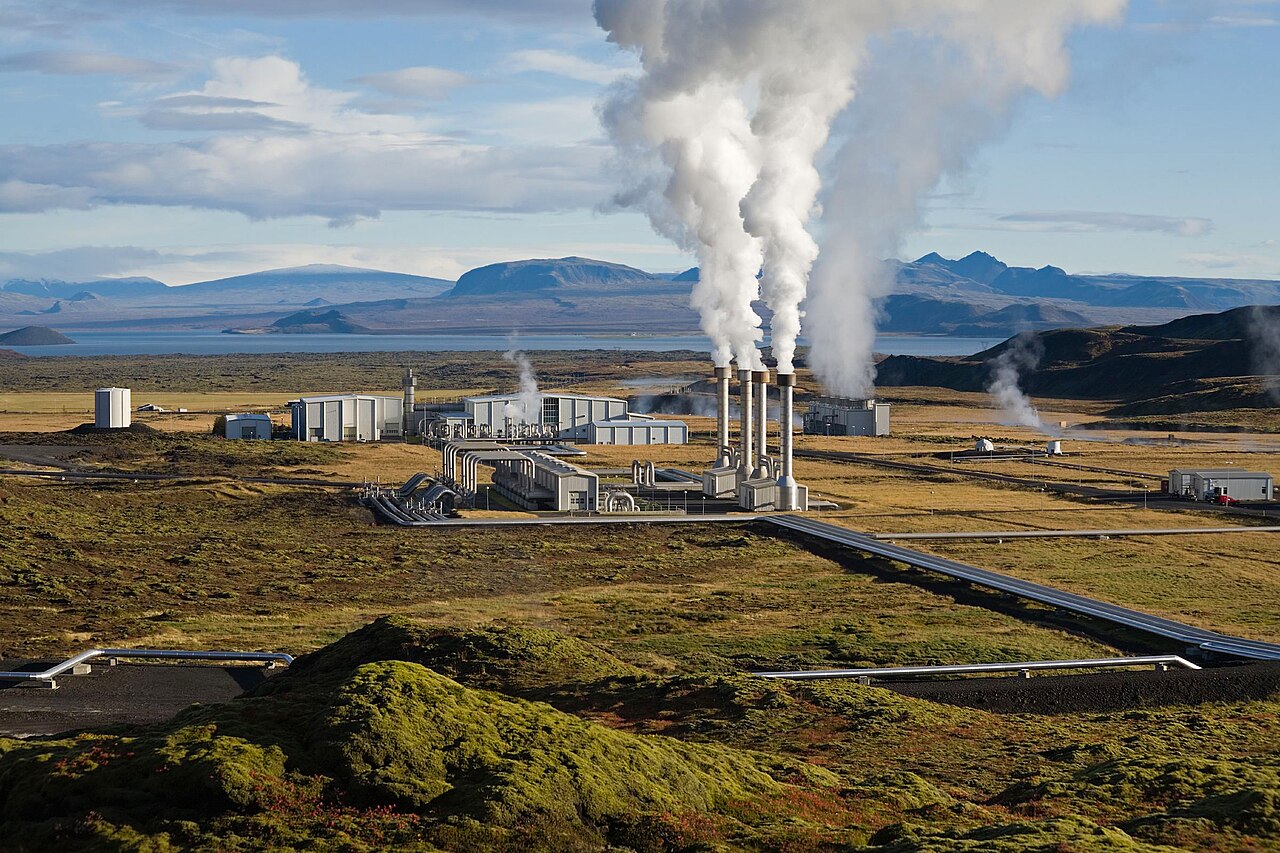Hungarian researchers discover new dinosaur remains in the Hátszeg Basin of Transylvania
The remarkable fossils, unearthed under the leadership of Gábor Botfalvai, scientific researcher at the HUN-REN-MTM-ELTE Paleontological Research Group, provide insight into the Late Cretaceous period, the era preceding the extinction of the dinosaurs. The findings represent at least two new species, though their classification is still in progress.

Gábor Botfalvai, a scientific researcher at the HUN-REN-MTM-ELTE Paleontological Research Group, first met Attila Ősi, the researcher who discovered the first dinosaur bones in Hungary at Iharkút, when he was a freshman university student. He found a true mentor in Ősi, which allowed him to quickly join the research at Iharkút. After learning how to prepare bones, his first independent research focused on the taxonomic study of Late Cretaceous turtle fossils. In his thesis, Botfalvai examined the processes that may have led to the accumulation of an unusually large number of animal remains in a specific layer at Iharkút. His conclusion was that a flash flood struck the area, causing the sudden death of many animals. The floodwaters carried the carcasses to a lake, where the energy of the flow rapidly decreased, resulting in the remains gathering in a "pile" at that location.

In 2019, with the help of a postdoctoral OTKA grant, the Hungarian researcher joined Zoltán Csiki-Sava from the University of Bucharest to study Late Cretaceous dinosaur sites in the Hátszeg Basin of southern Transylvania. This now internationally renowned area was the starting point for some of the earliest European dinosaur research. Baron Ferenc Nopcsa discovered and described several dinosaur species from this region, including Magyarosaurus dacus, a species of sauropod dinosaur.
"The remains found here date back to the last few million years before the extinction of the dinosaurs. We're fortunate that we don't have to dig deep: around the village of Valiora, thanks to tectonic processes and the erosion of the upper layers, the strata that hold these bone remains are now exposed on the surface—people are practically walking on them," explained the paleontologist, who invited us on a little journey through time. In the early 1900s, a comprehensive geological survey was ordered across the Austro-Hungarian Empire. During this mapping project, Ottokár Kadić discovered several paleontological sites around the area of Valiora. The valuable fossils collected from these sites were sent to Budapest. Among them were holotypes—specimen fossils that serve as clear reference points for species descriptions, helping to determine whether later-found remains belong to the same species.

"These remains are still in Budapest today, but the exact locations of their discovery and the specific layers they came from were unknown. The breakthrough came in 2018 when László Makádi, a staff member of the Hungarian Supervisory Authority for Regulated Activities (SZTFH), found the map in the archives where Ottokár Kadić had marked the discovery sites with X's. We set out to follow the 'seven X's,' and in the first year, we were able to identify six of the old locations and collect additional remains. The work, which began in 2019, has been ongoing—with a brief interruption due to the COVID-19 pandemic," the paleontologist explained. The participants of the Transylvanian dinosaur expedition identified the sedimentary geological environment from which the fossils discovered by Ottokár Kadić originated. In addition, they also discovered new fossil sites in the area. With the renewed OTKA grant awarded in 2024, they aim to systematically examine the entire 10 square kilometer area layer by layer, conduct a full geological survey, and collect all bone remains.
What might life have been like here during the time of the dinosaurs? According to researchers, the location used to be a large island in the sea with a subtropical climate and lush vegetation. The island’s rivers meandered across debris cones that formed in the valleys, and where these spread out, swampy environments developed. This is where the fossils are found. Being an island with limited resources, the dinosaurs here were somewhat smaller than their relatives on the European continent. The predatory dinosaurs were roughly the size of a turkey, while the herbivorous sauropod Magyarosaurus dacus, previously mentioned, was about six meters long and weighed around one ton.

"We have found three types of herbivorous dinosaurs, but I cannot yet determine their exact taxonomic classification, as they appear to represent new species. Recently, with the help of my doctoral student, János Magyar, we published the first study on the remains discovered at one of the new sites. This find was particularly important because it included bone elements previously unknown in the fossil record of this dinosaur group. As a result, the work significantly helped clarify the taxonomic relationships of the Rhabdodontidae dinosaurs," added the paleontologist from HUN-REN–MTM–ELTE.
The research revealed that the sites they discovered contain the oldest bone-bearing layers in the entire Hátszeg Basin, representing the very first moments in the formation of the Hátszeg dinosaur community. A study related to this part of the research will be published soon.

According to Gábor Botfalvai, one of the key outcomes of this year's excavations was the discovery of small rib fragments in a reddish rock. As they began to unearth the bones, it quickly became clear that they had found what appeared to be a nearly complete dinosaur skeleton. Unfortunately, the discovery was made on the second-to-last day of the expedition, so they hope to continue the excavation and fully uncover the skeleton during next year’s research efforts.

